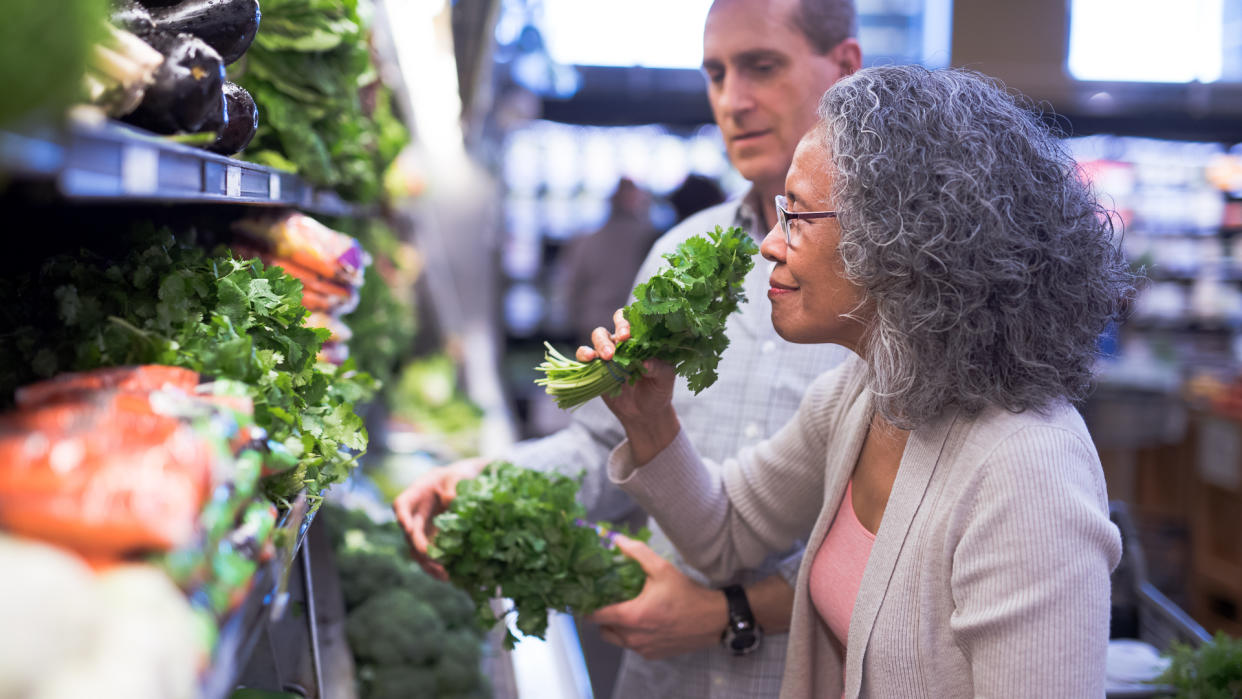Social Security and Food Insecurity: 10% Increase in Benefits Could Save Half a Million Struggling Seniors

Social Security is designed to support American workers and their families by providing a guaranteed source of lifetime income for those who meet certain criteria. Along with pensions and personal savings, it is a critical piece of one’s retirement plan.
Social Security: New Bill Could Give Seniors an Extra $2,400 a Year
SNAP Schedule: When Can I Anticipate July 2022 Payments?
However, as The Conversation reports, just because Social Security benefits enable retirees to better afford the food they need to lead an active and healthy life, there still exists food insecurity among older U.S. citizens.
According to the not-for-profit government data analyzer USAFacts, recent U.S. Census Bureau data shows that 9.7% of American adults are currently experiencing food scarcity, up from 8% in April. In Feeding America’s “The State of Senior Hunger in America in 2018” study, 11% of those aged 60 years or older were found to be food insecure.
A study published in Applied Economic Perspectives and Policy titled “Does Social Security promote food security?” looked at how much food insecurity was affected for Social Security beneficiaries receiving benefits for the first time and, after that, for those getting an increase in benefits.
For first time recipients, receiving Social Security benefits reduced the chance of food insecurity by 54%. Beyond the receipt of initial benefits, an increase of 10% in payments lowered the likelihood of being food insecure by more than half a percentage point, the study found.
The study’s researchers stated that, “We estimate that if overall benefits were increased by 10%, about half a million senior citizens would no longer be food insecure,” per The Conversation.
However, it’s not increases to Social Security benefits that may need to be addressed, but eventual decreases. By all indications, the combined assets of the Old-Age, Survivors, and Disability Insurance (OASDI) Trust Funds are expected to be depleted in 2035 — and its beneficiaries will subsequently lose out on 20% of their promised benefits.
For those planning on retiring around that time, they will need to take necessary financial measures to ensure they are comfortable while living in retirement, and that includes having enough food to feel secure.
Discover: Your Credit Card Can Reimburse You for Canceled Flights and Pay for Lost Items – Here’s How
POLL: Do You Think You Will Be Able To Retire at Age 65?
With limited income in retirement and rising consumer costs and inflation, budgeting is often a struggle for seniors who have to use more money for their health care essentials. When difficult choices have to be made concerning expenses, healthy nutrition may become less of a priority and cause an older individual to become food insecure.
According to the U.S. Department of Agriculture (USDA), food security means access to enough food for an active, healthy life. Food insecurity is defined as reduced quality, variety, or desirability of diet.
More From GOBankingRates
This article originally appeared on GOBankingRates.com: Social Security and Food Insecurity: 10% Increase in Benefits Could Save Half a Million Struggling Seniors

